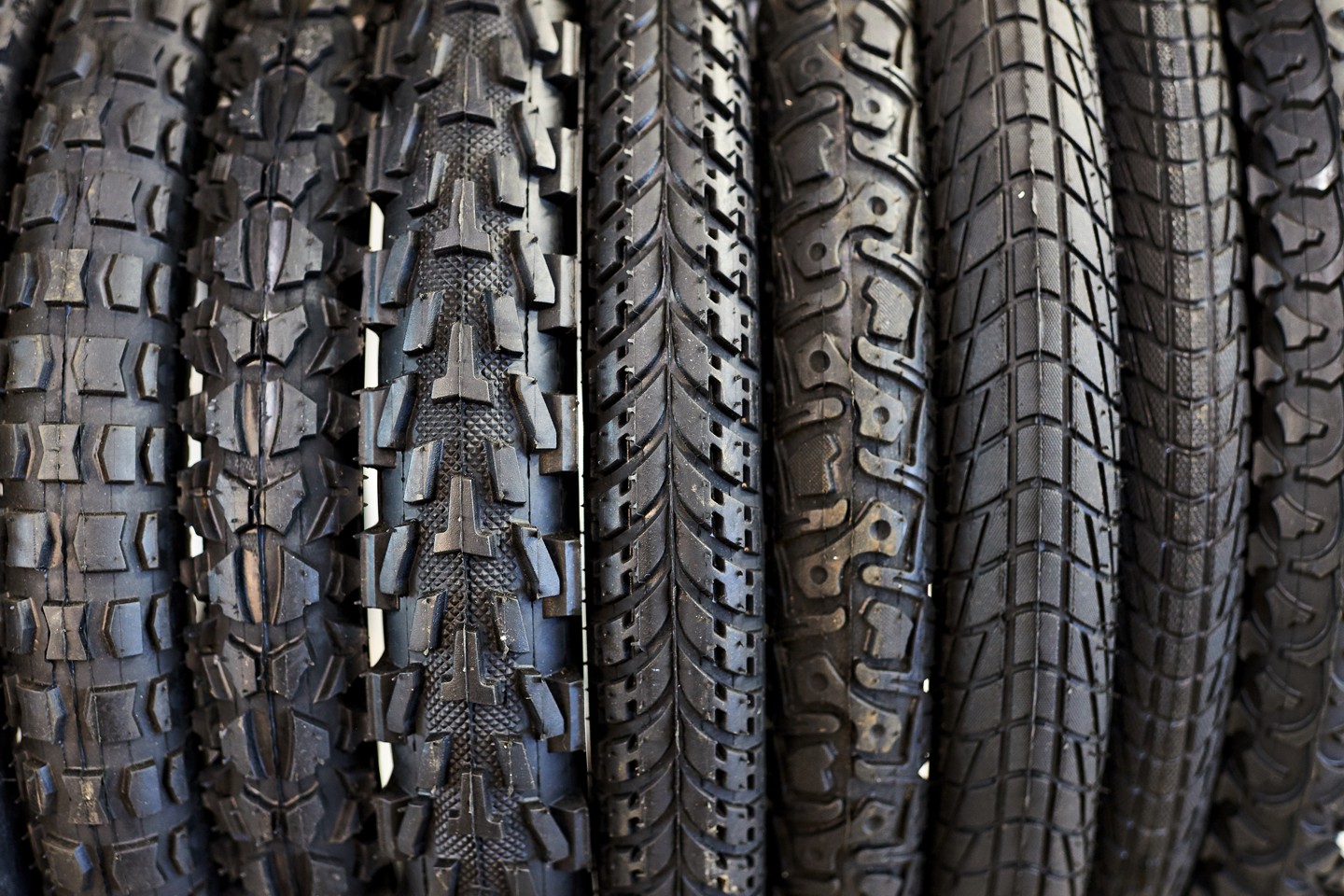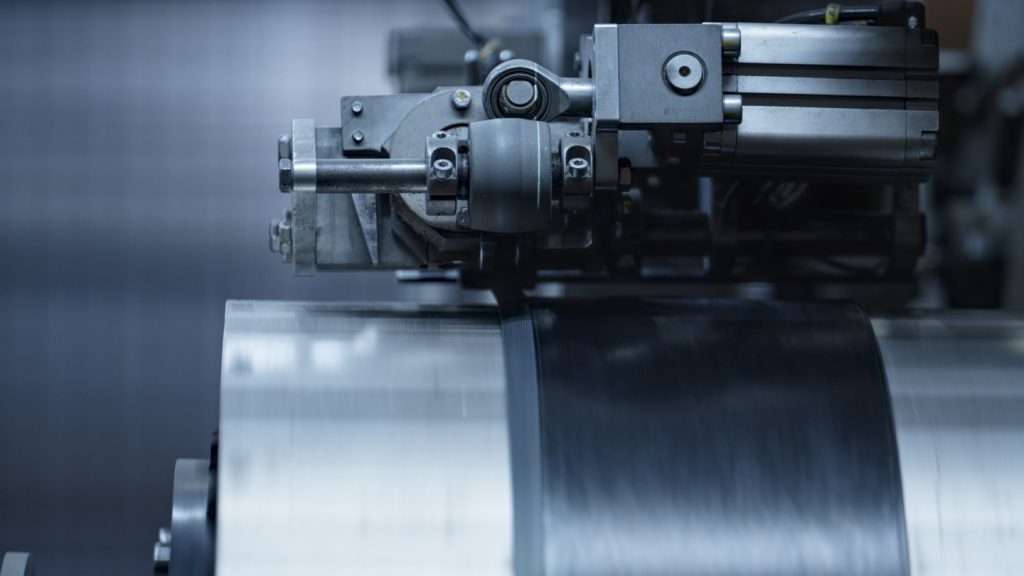How are bicycle tires made?

The process of manufacturing bicycle tires is more complex than you expect. Its result is a tire that must provide grip to the ground, proper friction, shock absorption and comfort while riding. Regardless of the type of tires, they are made up of similar components, and their production is almost identical. Find out what happens in the factory to make a bicycle tire.
Construction of bicycle tires
Tires differ in weight, rolling resistance and flexibility. However, each is made up of the same components – these are:
- sidewall – this is the part of the tire where the recommended pressure and the name of its manufacturer are visible. The sidewall has a protective function for the inner part of the tire and determines how it fits on the rim;
- body – this is the part of the tire that is directly under the tread and which provides reinforcement for it. It is made of many thin but strong threads. The higher the quality of the body, the greater their number. Its quality can be checked by looking at the TPI value. It informs about the number of threads per square inch of the body;
- tire bead – sometimes it is also called the flange – it is a tire element that adheres directly to the metal rim. Based on its structure, wire and coil beads are distinguished. The former contain metal wires, with the help of which the tire is attached to the rim. They are quite heavy, and at the same time cheap. In contrast, coil beads are finished with a synthetic polymer – usually aramid;
- tread – is the outer part of the tire, finished with special grooves, which is in direct contact with the ground. It is responsible for dynamics, grip and safety while driving;
- anti-puncture insert – this is the foam between the tire and the rim. It reduces the risk of catching a “slipper” and stiffens the tire.
How does the tire manufacturing process work?
Stage 1 – preparing the compound for the production of rubber
For a tire to be made, a high-quality, flexible plastic – rubber – is needed. Tire factories create mixtures with well-defined physical and chemical parameters, which are then used to produce a durable elastomer. They are developed in terms of what type of tire is to be made from them. To create these compounds, latex, silica, dyes, among others, are used.
Stage 2 – winding the rubber onto rolls
Tire rubber is placed in a drum, and when it is still soft, it is wound onto rollers at a 45° angle. It is then cut with sharp knives to the desired width, so that it can later be molded into tires for a bicycle. At the end of this the rubber is cooled to fix its shape.
Stage 3 – manual processing
The best tires are only partially created by machines. Man is responsible for the precision of their manufacture.
Rubber belts, which were formed at an earlier stage of production, are carefully trimmed, and in sensitive areas they are reinforced. An additional layer of plastic is also applied to the resulting tire, which will become the tread in the near future.
Stage 4 – creating the tread
A vulcanization press with a special mold is used to create the tread. The tire is put into it, and under high pressure and temperature, grooves, indentations, larger and smaller cavities are formed on the tire. This creates the tread, which is responsible for the grip of the wheels to the ground while cycling.

How does a tire end up being manufactured?
When a bicycle tire is ready, it undergoes rigorous testing before it goes on sale. The tire’s rolling resistance and geometry are checked, and it is also pumped up beyond the recommended value for the model.
Bicycle tires should not be spared, as safety while riding largely depends on them. In addition, it is always a good idea to check that the tires are properly inflated before setting off. This can be done at home, but also at a self-service bicycle repair station with both a pressure gauge and an inflator. A quality, well-prepared tire is the key to riding comfortably, dynamically and safely.

